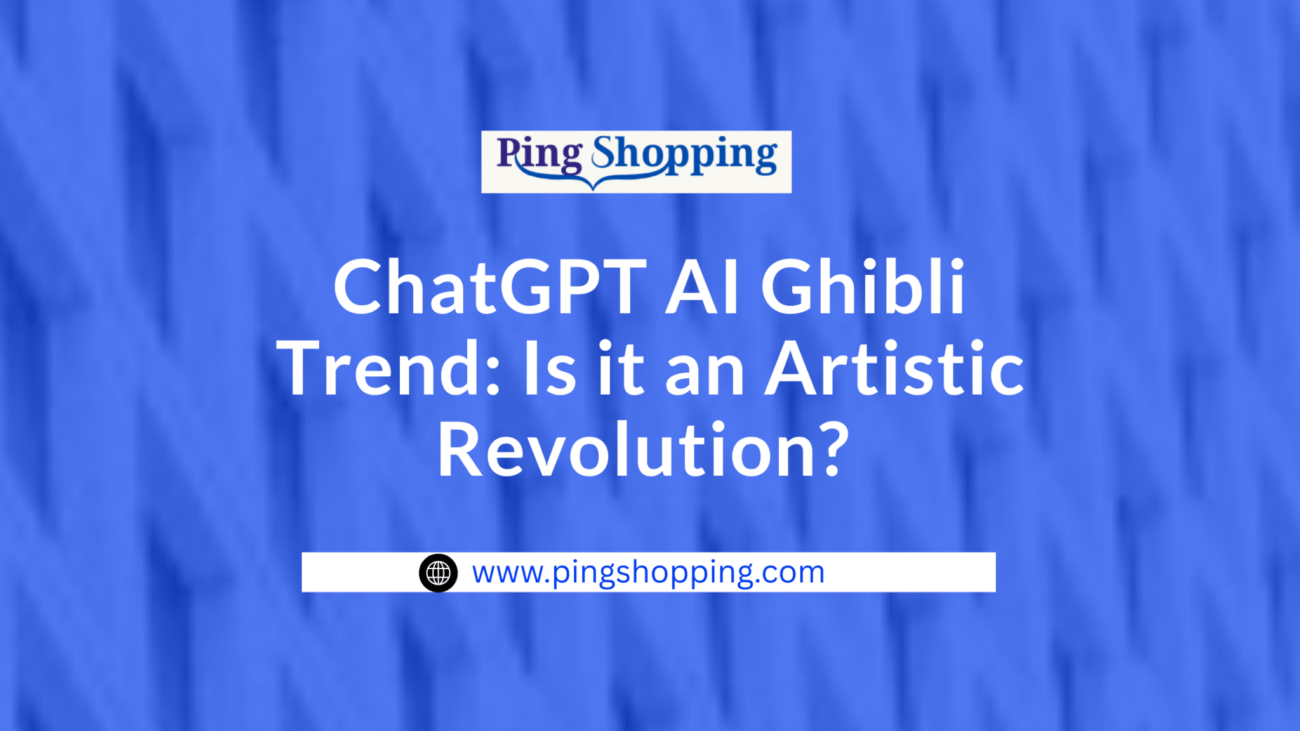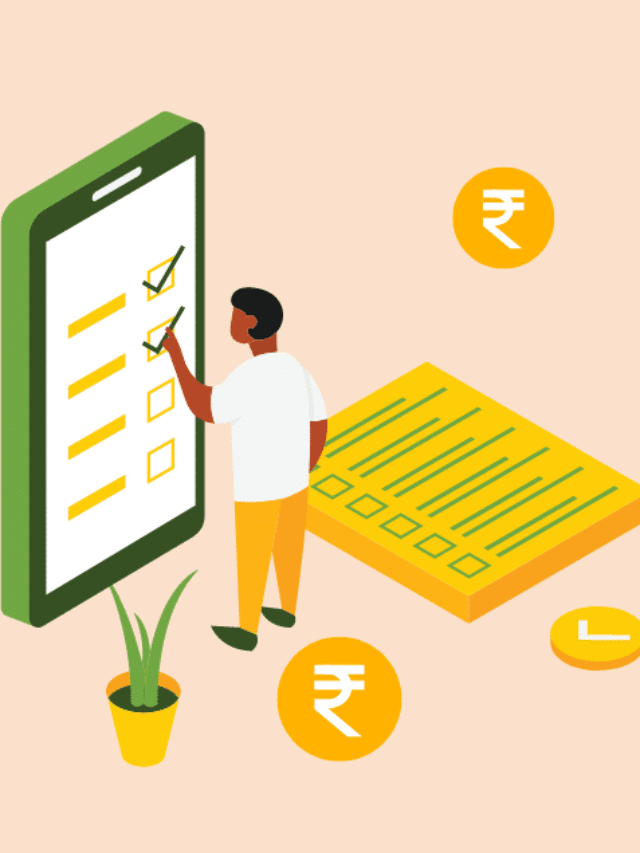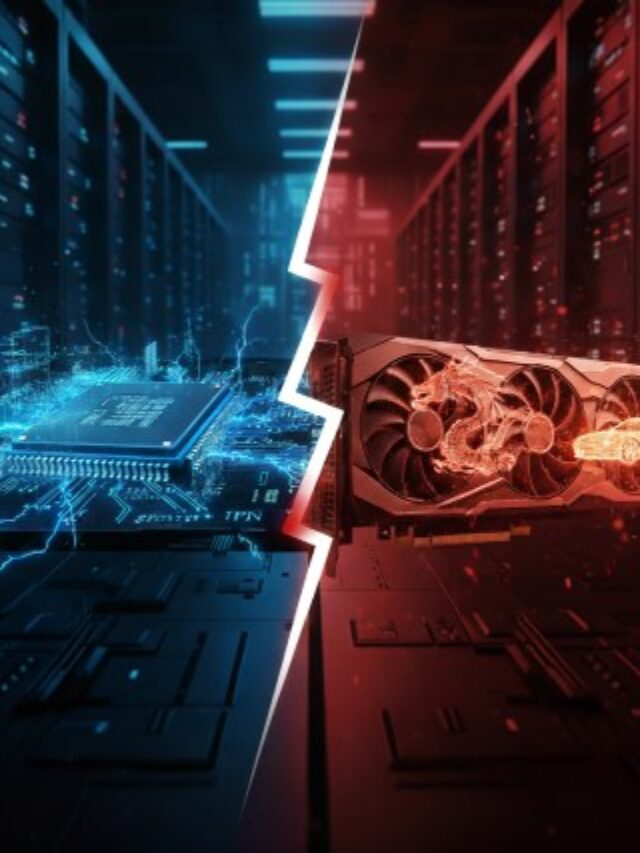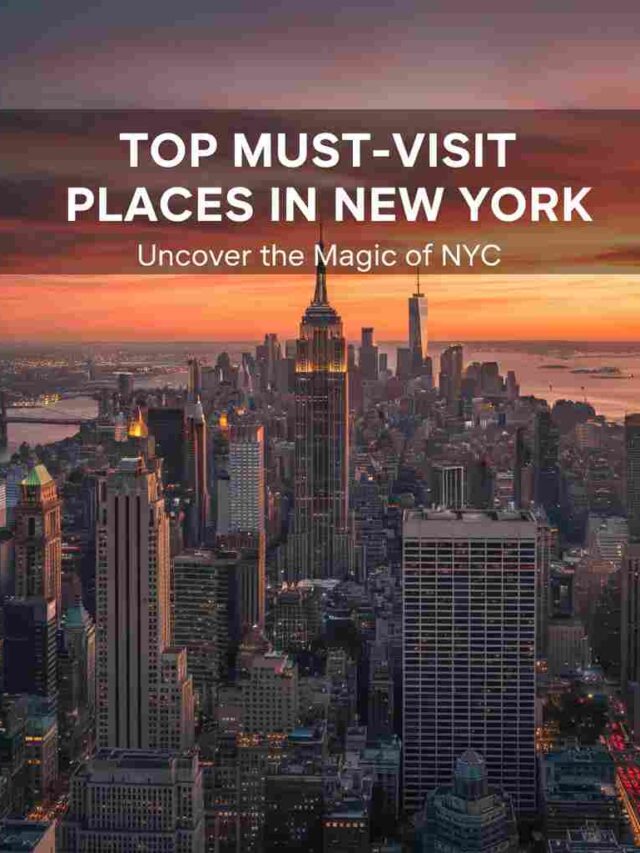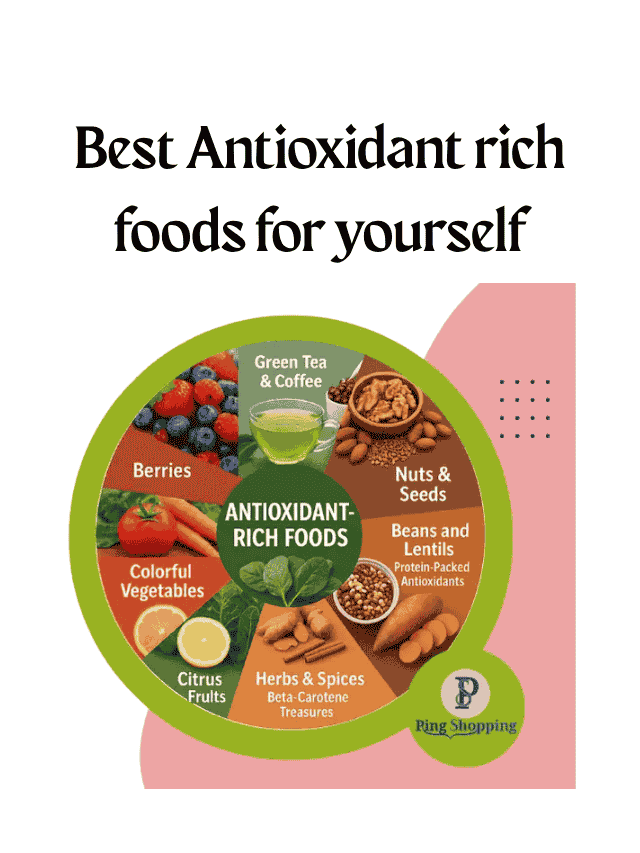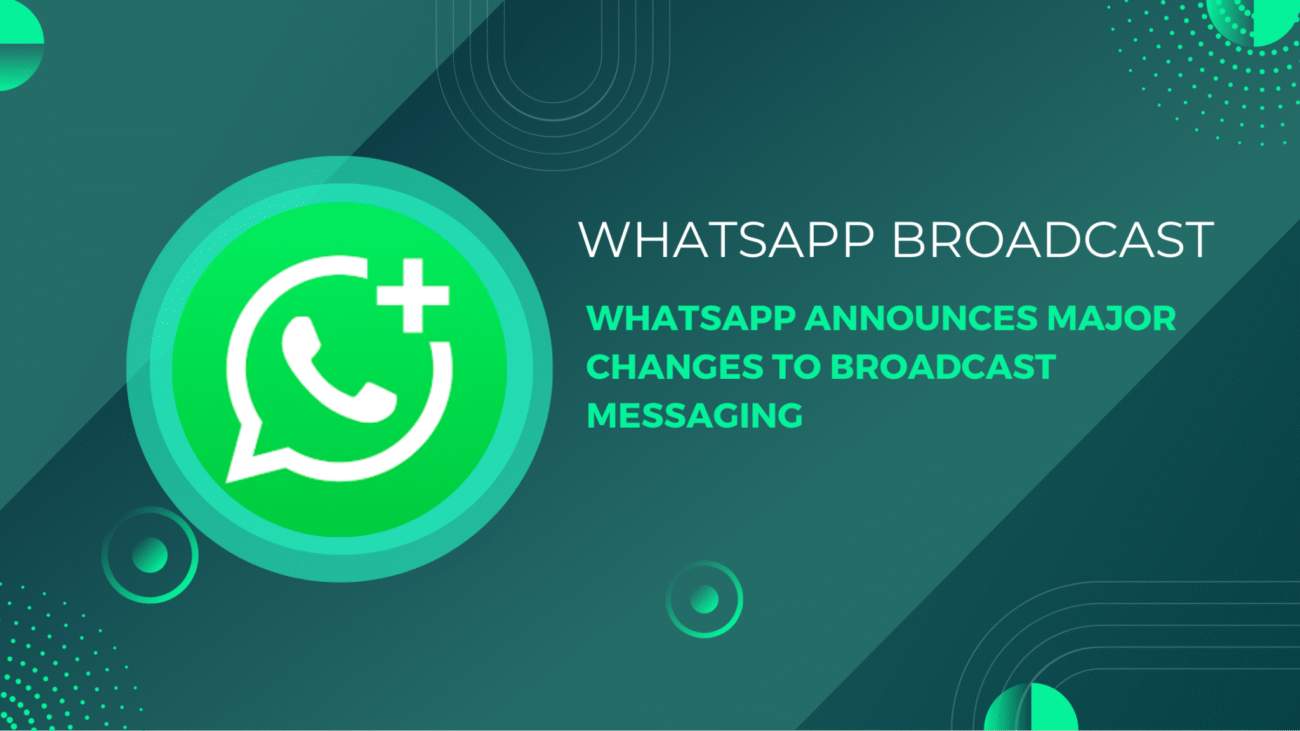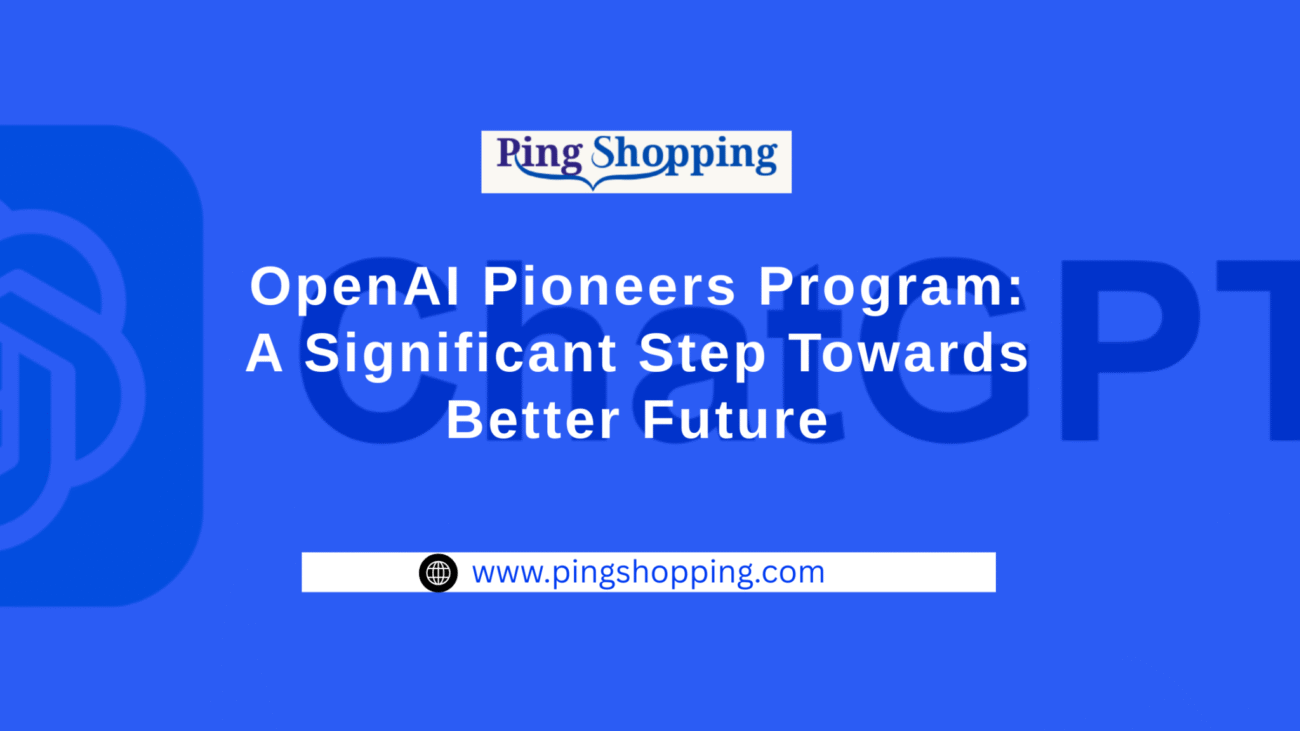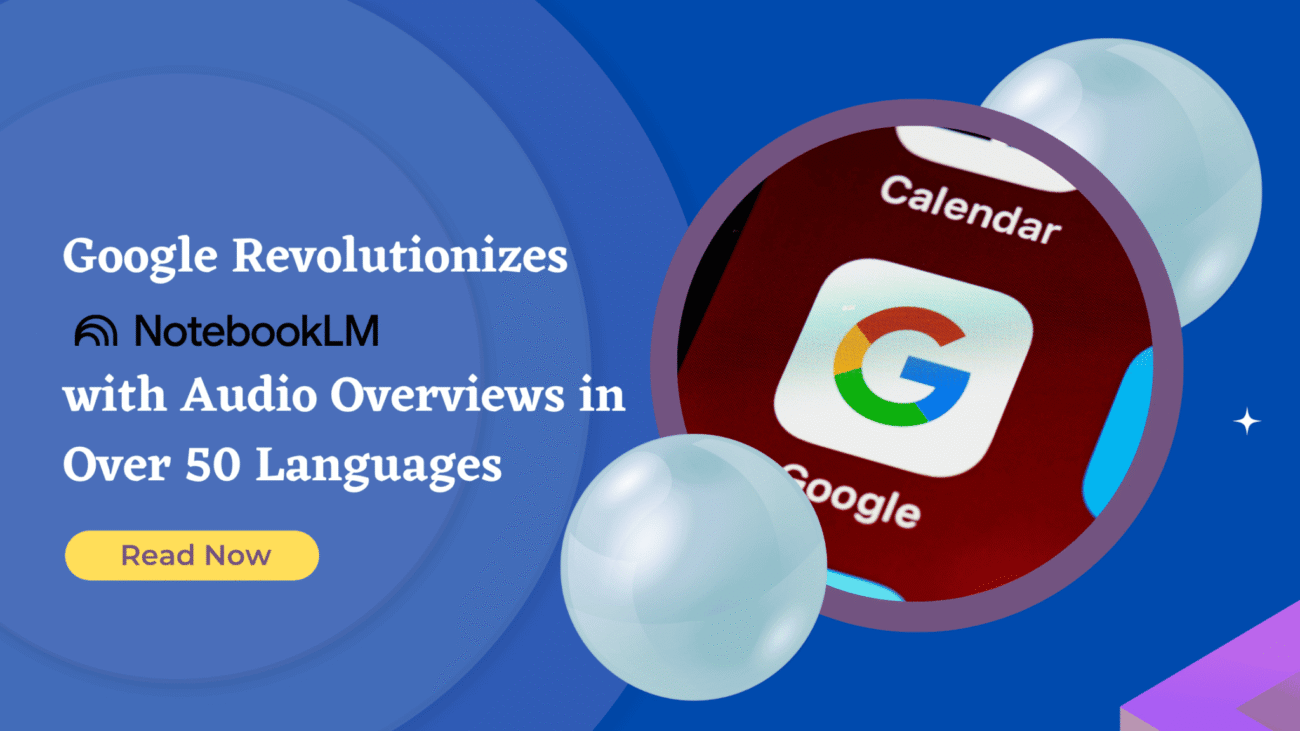With the growing use of ChatGPT AI around us, people are exploring its wide range of possibilities every day. A prominent example is the recent surge of AI-generated images, emulating the different Ghilbi studio style.

The entire social media was filled with ChatGPT AI Ghilbi trend images. This trend ignited debates and controversy about the ethical use of AI and its role in art. Whether it is an artistic revolution or a creative erosion? Our focus is on discussing this here in this article.
Table of Contents
Evolution of ChatGPT AI
Since the inception of the AI image generator, around 15 billion people have used it. On a daily basis, more than 34 million AI images are created every day. But from where it started?

In 2018, OpenAI released the first version of ChatGPT AI, which was capable of using unsupervised learning in language-related tasks. After that, the second model arrived with advanced text generation capabilities. However, the world noticed the real potential of ChatGPT with GPT-3, the most advanced version to interact in a human dialogue.
Right now, it’s GPT-4 that gives users the freedom to create animated ChatGPT AI Ghilbi portraits. It is backed by the multimodal model, so you can integrate and process information from several modalities or data types.
The most latest model is ChatGPT 4o image generation that has made the world crazy about the AI ghilbi trend. It follows detailed prompts and easily handles 10-20 objects in an image. The moment a user uploads an image, it analyzes and learns from it before providing the result.
What is ChatGPT AI Ghilbi Trend?
Open AI’s integration of the image generator has sparked controversy because it iterates the original animated Ghilbi studio animation. The co-founder of Ghilbi Studio, Hayao Miyazaki, once remarked older generation model was an insult to life. Many people supported this statement, especially the artists who put several hours into creating a piece of art.
On the other hand, millions of people utilized the ChatGPT AI image generator to create their Ghilbi-style portraits. Sam Altman, CEO of OpenAI AI said that AI-generated art is a net win for society. Such technology will reduce creative barriers and allow individuals to express their ideas freely.
The Real ChatGPT AI Controversy: Ethical and Legal Concerns
Despite the support from the Open AI team and many individuals, we can’t forget about the significant and ethical concerns associated with it. According to the critics, AI tools are trained with the help of existing artworks, and they may lead to copyright infringement and intellectual property rightsissues. At the same time, it is devaluing the original artist’s work.
In a survey of 2024 by the Academy of Animated Arts, 89% of artists showed concern about copyright laws, saying they are outdated. That’s why they are inadequate to protect an artist’s original work against unauthorized AI use. A majority of the artists proposed to ask for permission before their artwork is used to train the AI models. Source
How to disable the training of ChatGPT AI with your data?
If you want to protect your data from being used by ChatGPT for training its model, you have to turn off a feature called “Model improvement”. To do so, log in to ChatGPT using your credentials and tap on your profile. Under that, you will find the “Data Controls” option. Tap on it and toggle off the “Improve the model for everyone”. Now, the AI will not use your uploaded data to train its model.
Impact on Traditional Artists
Artists who put a lot of hours into creating their art may suffer in generating income. Many of them believe that clients will opt for cheaper and AI-generated alternatives rather than pitching to them.
The debate is more around human creativity in a time when everything is getting influenced by algorithms. No matter what everyone says, the end truth is that AI is lacking emotional depth and a unique touch that a human can provide.
The Future of ChatGPT AI in Art
As AI is evolving continuously, the art world is troubled by its integration into technology without compromising artistic integrity. Although there is a negative side to it, we have to focus on the positive for now. This is because AI will evolve more and may be adapted for art generation on a large scale. It’s important to go with the flow and adopt the ever-evolving technology. The future is going to be interesting, but there is a strong need for updated legal frameworks and ethical guidelines. This will ensure that the artist’s rights are protected in the rapidly changing landscape.
Final Thoughts
What are your thoughts on the use of AI in art? Do you see it as an opportunity to enhance creativity or a threat to artistic authenticity? Share your perspectives in the comments below. For more, keep reading.
Read the latest device launch here, happening tomorrow: IQOO Z10 launch.

